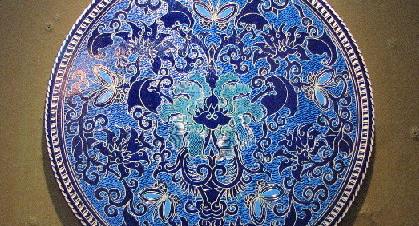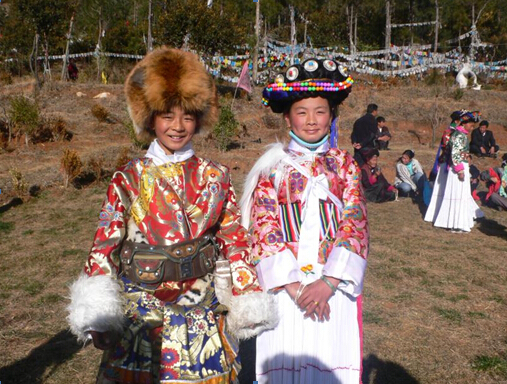Retaining our roots
ICH (intangible cultural heritage) is a hot word in China today, relating to a long list of cultural aspects, including folk music, dance, handicrafts, literature, customs and traditional operas.
As some of these cultural riches are on the brink of fading away due to people’s changing lifestyles, the Chinese government has gone to great lengths to protect them in the past few years as part of China’s efforts to safeguard the nation’s cultural identity.
The policy bore fruit. Many ICH items have been added to a protection list, and each one has representatives or successors who have been designated by the government and entrusted with the mission of passing down the cultural heritage they represent to future generations. In addition, National Cultural Heritage Day, which falls on the second Saturday of June, was initiated in 2006 and has been observed consecutively for four years. And the undertaking of ICH protection is expected to secure legal support nationwide…
This good news, however, doesn’t tell the whole story. There are obstacles standing in the way, including aging of the designated ICH successors, over-commercialization of folk culture, and the cultural assimilation that goes with modernization.
Aging of successors
Most of the ICH successors are in their old age, making it an urgent task to pass the torch to younger generations.
Aging of practitioners largely contributes to ICH’s demise. Statistics released by the China Art Academy shows 100 types of China’s folk operas have faded away over the past half century, with the number being reduced from 367 at the end of the 1950s to the current 267. Very few Chinese folk operas have had the same luck as Peking Opera, known as China’s national opera, which has survived and thrived over the last few decades.
According to the China Arts and Crafts Association, one fifth of 365 artisans who have been honored with the title of “Master of Arts and Crafts in China” from 1979 to 2006 passed away over the past few decades, and the average age of surviving artisans is 58. The organization’s survey found more than half of China’s traditional arts and crafts are close to extinction due to, among other factors, a lack of practitioners.
China’s traditional arts and crafts are usually inherited through the following three ways: parents passing skills on to their children, apprenticeships and education.





